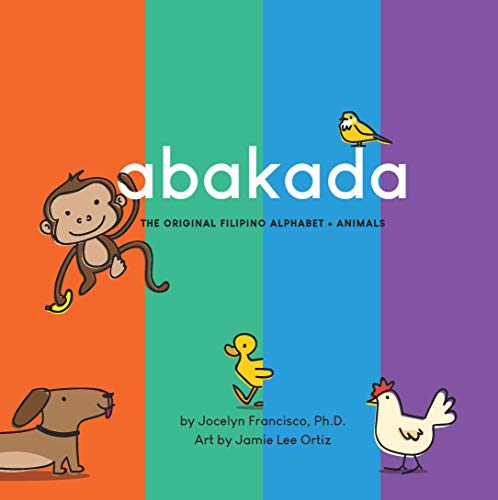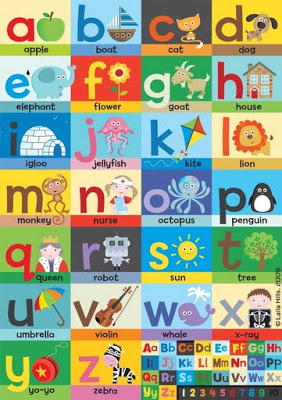
The kudlít functions exactly the same way the virama functions in the Devanagari script used to write Hindi. In 1620, Father Francisco Lopez rectified the problem by inventing his own kudlít in the form of a cross sign ('+') that removed the vowel sound. This was particularly hard for Spanish friars, who were working on translating books into Tagalog. In the original form, stand-alone consonants (consonants without the vowel sound) could not be formed. The kudlít does not apply to stand-alone vowels, as they have their own letters. To produce another vowel sound, a special mark (known as a kudlít) was placed either on the top of the letter (for 'E' and 'I' sounds) or on the bottom (for 'O' and 'U' sounds).

By default, Baybayin letters are consonants ending with the vowel 'A'. Related scripts include the Kulitan, Hanunóo, Buhid, and Tagbanwa scripts and the script was used in the past to write the Ilocano and Pangasinan languages.Įach letter has a vowel sound. The alphabet contained seventeen letters where three letters (the vowels a,e/i,o/u) were considered double-use. Ang Baybayín (Baybayin) īaybayin, was the old Tagalog alphabet that is a direct descendant of Kavi, the script used to write Old Javanese. While this article will cover mostly the Latin alphabet and its history, a brief history on Baybayin will also be covered.

However, in the past, it was written using Baybayin. I also saved the posts in our Story Highlights.Tagalog today is written in the Latin alphabet.

We applaud those of you who learned the words for yourselves, shared the vocabulary with family and friends, commented on our posts with words you know that go along with that week’s featured letter, or who shared relevant content on your social media during each week’s #AbakadaChallenge.Īlthough the “live” portion of the challenge is now over, feel free to go back to our Instagram profiles to review the past Abakada-related posts. It was an enriching experience learning from one another, and we looked forward to seeing the participation each week. The Instagram challenge ran from the week of Novemand ran for 20 weeks (ending the last week of March 2020). In collaboration with Filipino children’s book author, Joy Francisco ( and Filipino food vlogger, Jeanelle Castro ( we shared words and phrases focusing on one letter of the Abakada each week. Ready to learn the Filipino alphabet with us? We have a funand special challenge to help you learn more Filipino vocabulary, more about food, culture, and geography using each letter sound of the original Filipino alphabet, known as Abakada.


 0 kommentar(er)
0 kommentar(er)
